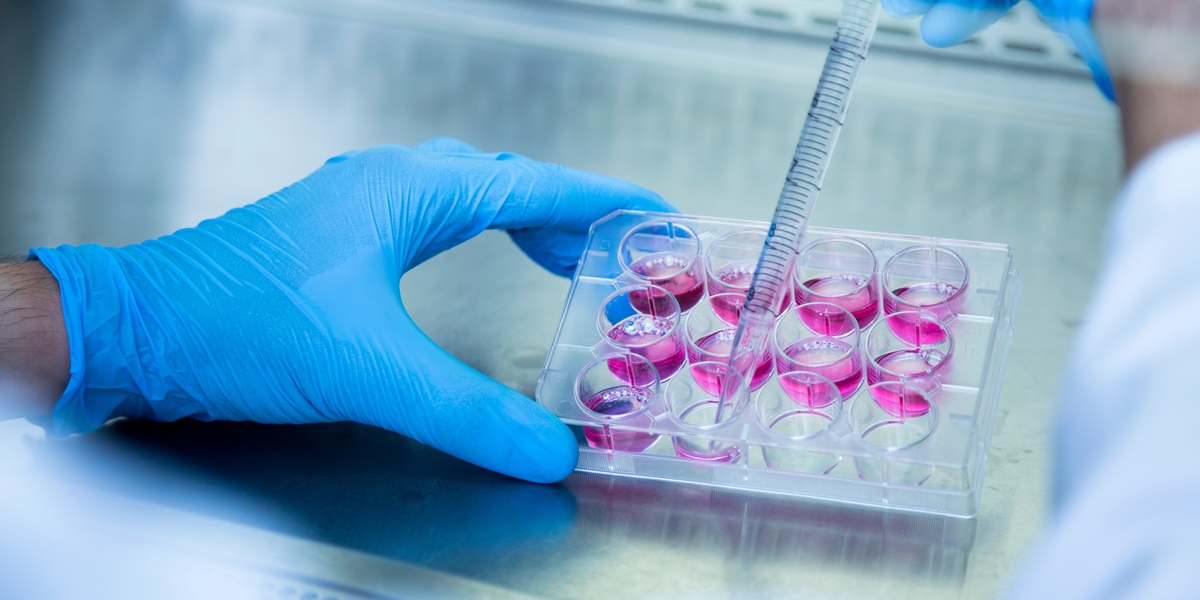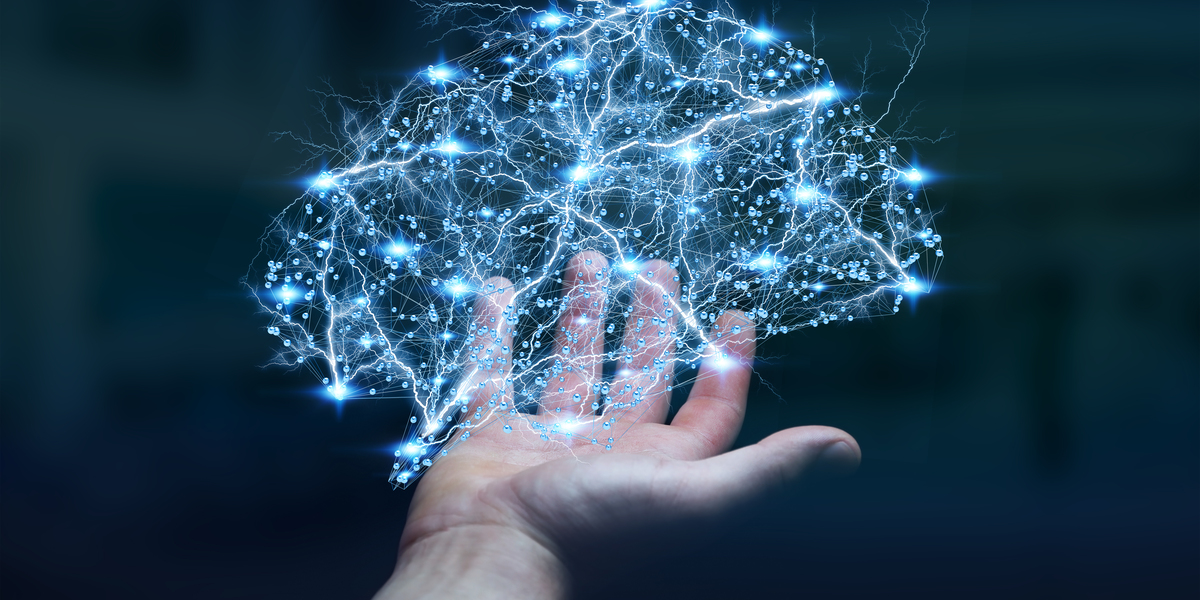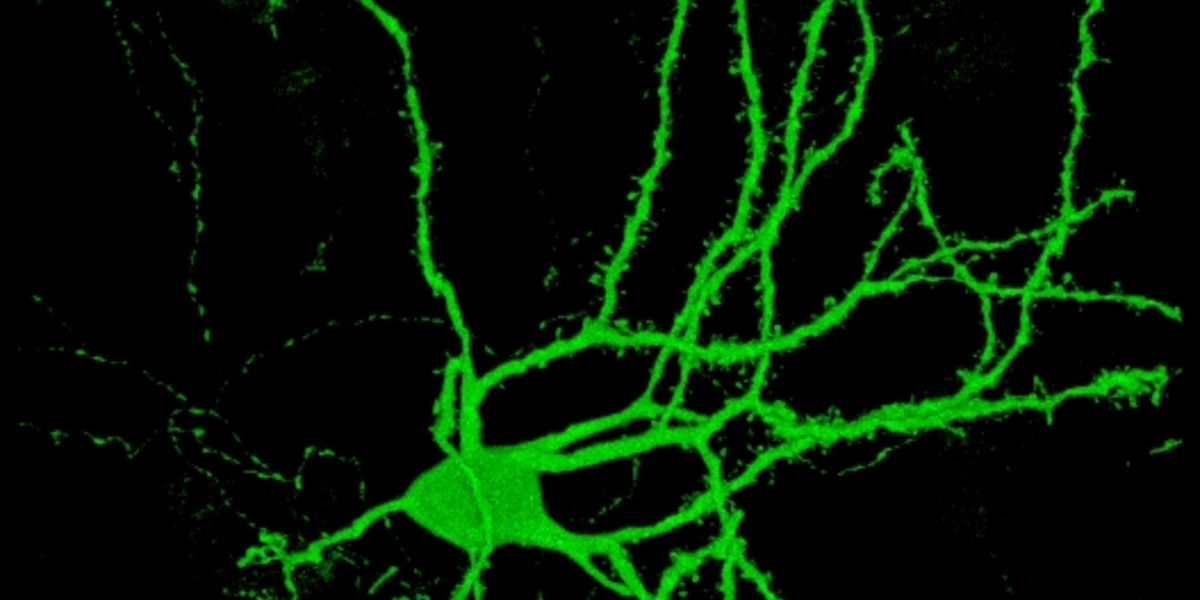
Cell replacement therapy is making massive strides for other diseases. But what about Huntington’s disease? Can we use technological advancements in this area to replace lost brain cells with the hope of repairing and reversing disease?

Exciting new findings using 3D human lab-grown mini brains inform ongoing HTT-lowering trials and suggest that stem cell transplants for HD may improve cell-to-cell communication and reduce disease features.

New work from two groups advances tools to model the blood-brain barrier and could improve the way drugs are delivered for brain diseases. This builds on our ability to study, and eventually treat, Huntington’s disease.

Replacing cells with HD in the brain could be an effective treatment strategy. Recent work shows that glia injected into mouse brains take over and oust the older cells, but for a surprising reason - because of age, not HD!

Researchers show that highly expanded CAGs in the HD gene can cause early developmental changes using 3D brain models called organoids. What’d they find?

Our daily roundup of the science presented at the 2018 HD Therapeutics Conference in Palm Springs

HDBuzz summarises final day of the 2017 Huntington's Disease Therapeutics Conference in Malta

Stem cells and modeling Huntington's disease in our final Therapeutics Conference report

Scientists can now change human skin cells into working neurons, like the ones that are most affected in HD.